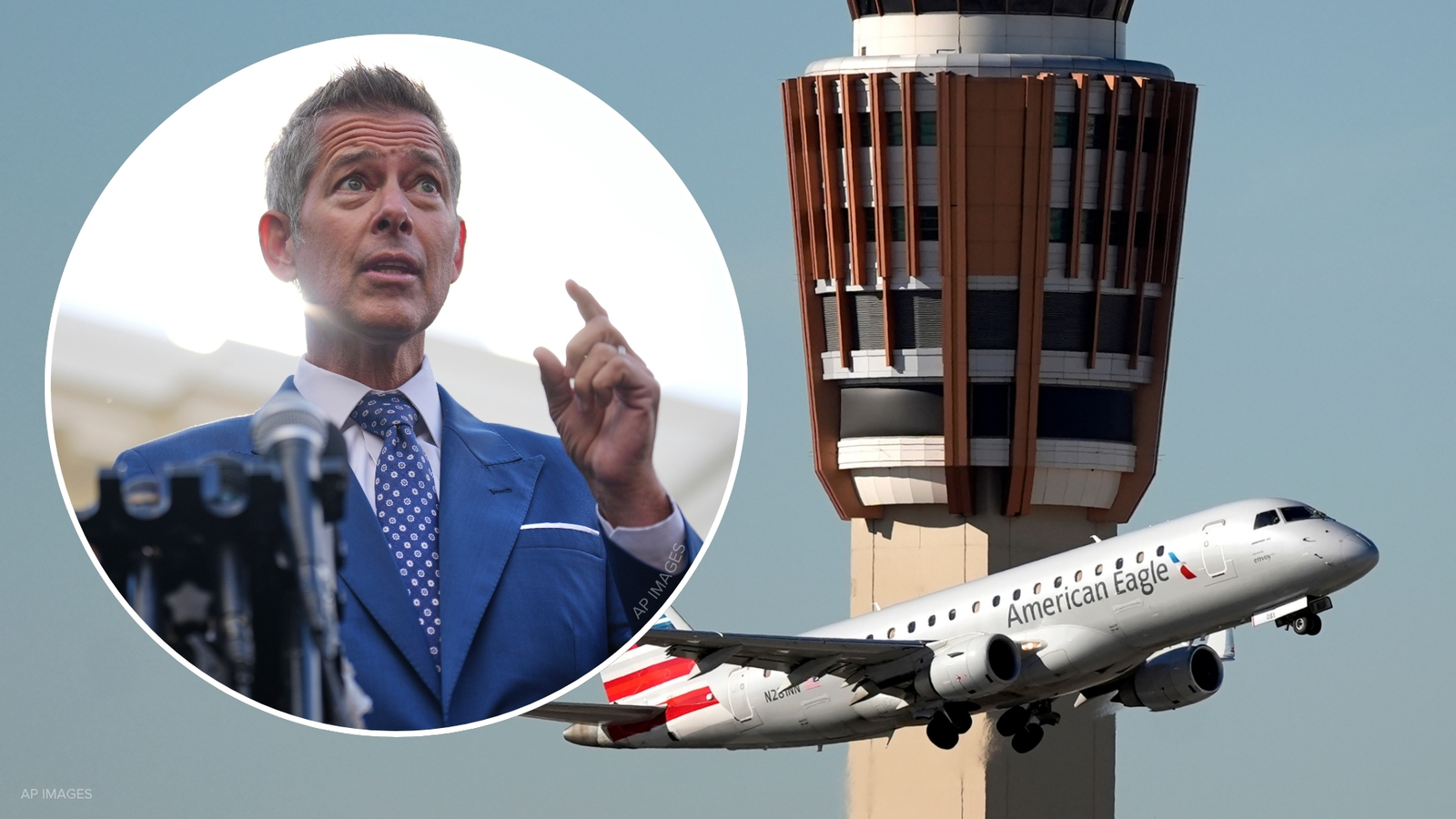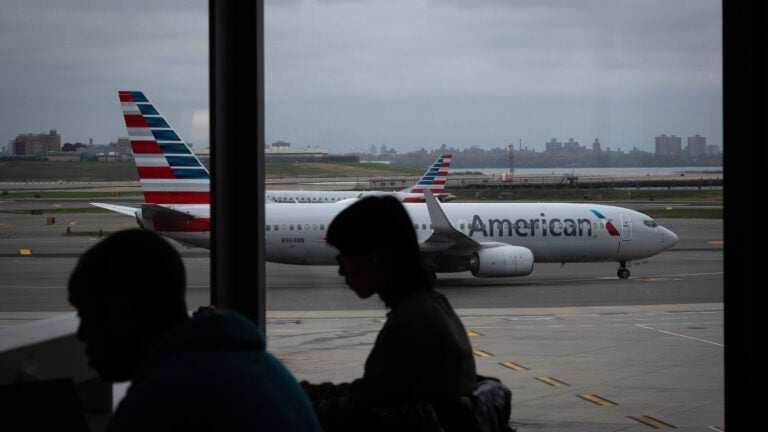#flight-cancellations
#flight-cancellations
[ follow ]
fromwww.dw.com
1 week agoIndiGo ordered to cut flights by 5% DW 12/09/2025
Indian aviation regulators told IndiGo to immediately reduce flights by 5%. The move comes after over 2,000 cancellations last week when it emerged pilots were not receiving sufficient time to rest between flights. India's Directorate General of Civil Aviation (DGCA) on Tuesday told IndiGo it had one day to submit an updated flight schedule, including a 5% cut in departures, after the airline stranded tens of thousands of passengers by canceling over 2,000 flights this month.
World news
Miscellaneous
fromLondon Business News | Londonlovesbusiness.com
3 weeks agoMajor airport cancels all departing flights affecting BA and easyJet - London Business News | Londonlovesbusiness.com
Brussels Airport canceled all departing flights on 26 November due to industrial action by security and handling staff, affecting about 30 departures and major carriers.
fromConde Nast Traveler
1 year agoFlight Delayed or Canceled? Here's What Your Airline Owes You
The Department of Transportation enacted new laws in October 2024 that require any airline flying to, from, or within the US to give automatic refunds if passengers' flights are canceled or significantly changed for any reason. Importantly, the new federal rules specifically define what constitutes a "significant change" to a flight schedule, so both passengers and airlines know what types of delays qualify for refunds.
US news
fromThe Atlantic
1 month agoAmerica Is Taking the Train
You could almost mistake it for an ad. Last week, the far-right Georgia representative Marjorie Taylor Greene was on the Amtrak Crescent traveling from the nation's capital to her home state, and she was enchanted. "The sweetest people run the train," she posted on X, alongside a video of the autumnal landscape rushing by. "And the morning views of my north Georgia mountains made me smile and warmed my heart."
US politics
fromTravel + Leisure
1 month agoThe U.S. Government Shutdown May Be Over, But Flight Disruptions Continue-Here's What Travelers Need to Know
But despite the step forward, airlines are still canceling or delaying hundreds of flights following the Federal Aviation Administration's (FAA) mandated capacity reductions. As of Wednesday afternoon, there were more than 1,700 delays within, into, or out of the United States and more than 1,000 cancellations, according to flight tracker FlightAware. Chicago O'Hare International Airport (ORD) had the highest number of cancellations at more than 50 outbound flights, followed by Hartsfield-Jackson Atlanta International Airport (ATL), Denver International Airport (DEN), and Newark Liberty International Airport (EWR).
Travel
fromwww.mercurynews.com
1 month agoAs Thanksgiving nears, travelers likely will see continuing flight delays even if shutdown ends
Airlines have canceled more 9,000 flights across the U.S. since the Federal Aviation Administration ordered flight cuts late last week, mostly to ease demand on control towers that are short-staffed during the federal government shutdown. Although the government appears to be moving to reopen in the coming days, airport disruptions, flight cancellations and economic losses won't go away all at once.
US news
US politics
fromBusiness Insider
1 month agoAmerican Airlines COO calls flight cancellations 'simply unacceptable' in memo to employees: 'Everyone deserves better'
American Airlines experienced nearly 1,400 cancellations and 57,000+ delay minutes affecting about 250,000 customers; the COO called the situation unacceptable and urged an immediate government deal.
fromBusiness Insider
1 month agoI was stranded in Tokyo for 24 hours. I did 3 things right, but made 2 mistakes I'll avoid on all future trips.
After cruising across Asia, my sister and I thought we were heading back to the United States - until our flight home was unexpectedly canceled. After hours of sitting on the runway, maintenance issues forced our plane to return to the gate. We had wasted our entire day at the airport, so tensions were high as we deplaned and re-immigrated into Japan.
World news
fromwww.mercurynews.com
1 month agoUS airlines cancel over 1,000 flights for a second straight day largely due to government shutdown
U.S. airlines again canceled more than 1,000 flights on Saturday, the second day of the Federal Aviation Administration's mandate to reduce air traffic because of the government shutdown. So far, the slowdown at many of the nation's busiest airports hasn't caused widespread disruptions. But it has deepened the impact felt by the nation's longest federal shutdown. We all travel. We all have somewhere to be, said Emmy Holguin, 36, who was flying from Miami Saturday to see family in the Dominican Republic. I'm hoping that the government can take care of this.
US news
fromwww.aljazeera.com
1 month agoCommercial flights hit by US shutdown as calls grow to ground private jets
This is much higher than a directive on Wednesday when the Federal Aviation Administration (FAA) called on all airlines to reduce their schedules by 4 percent to address safety concerns amid limited staffing during the shutdown. The FAA said at the time the cuts will increase to 10 percent by next Friday if the shutdown has not ended by then.
US politics
[ Load more ]






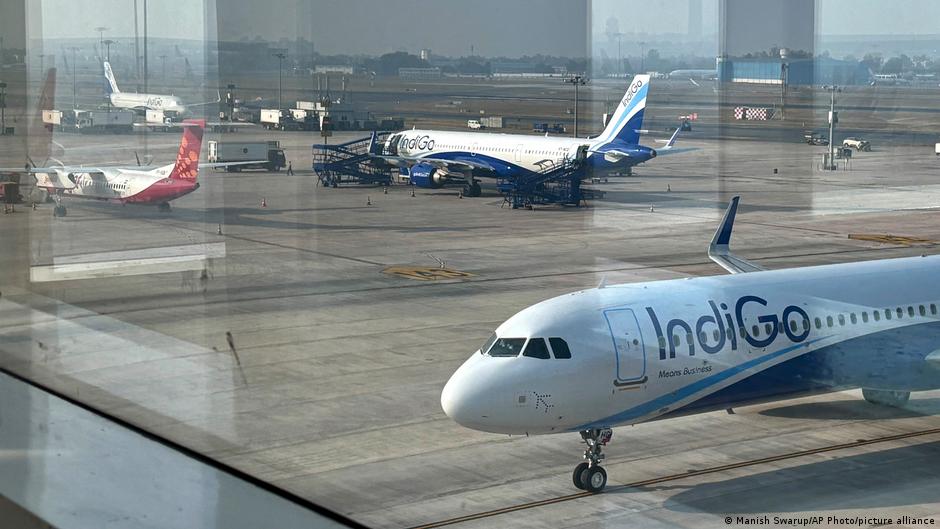



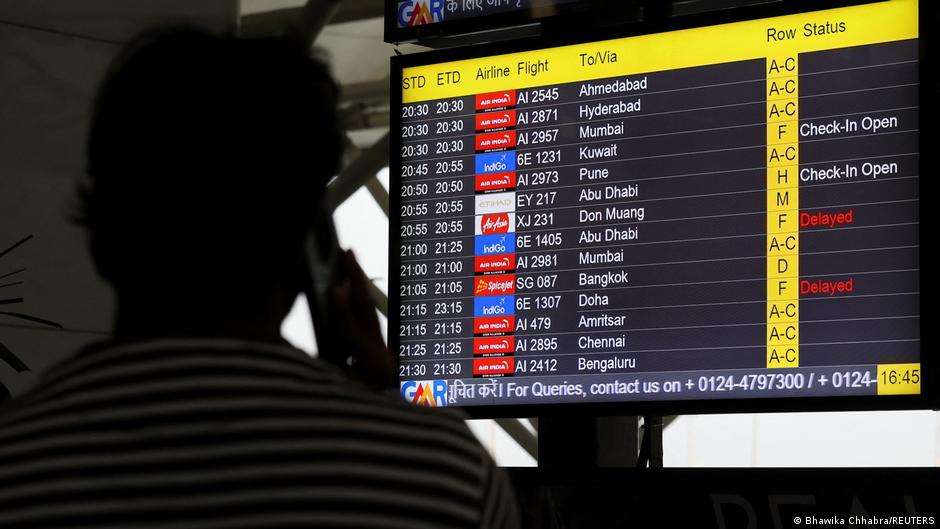
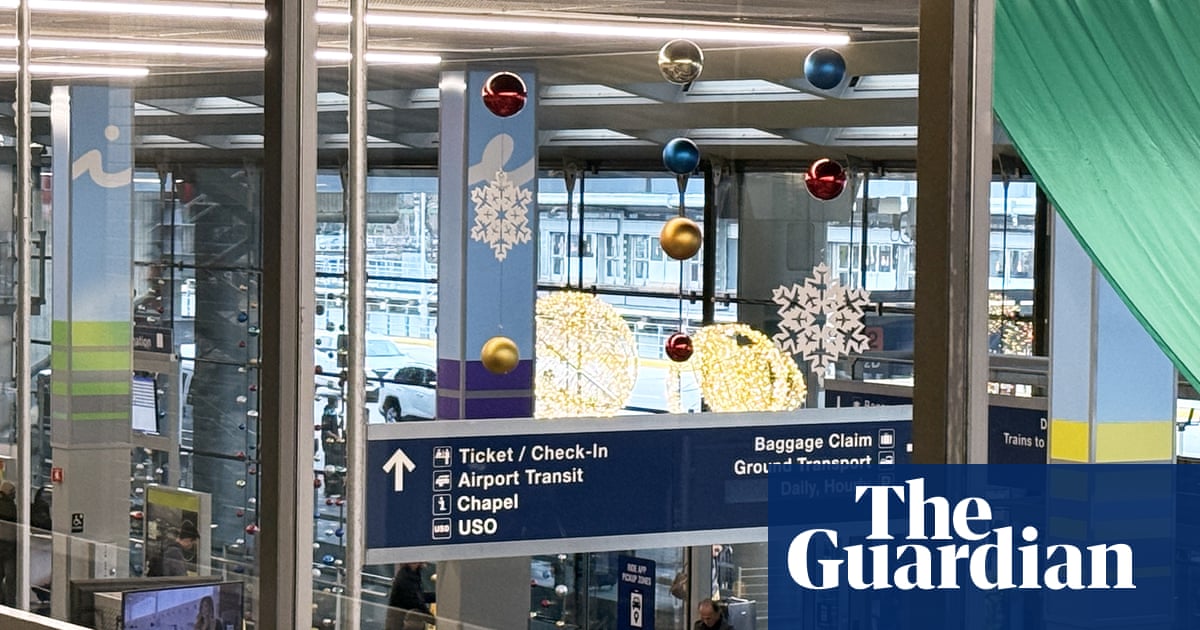


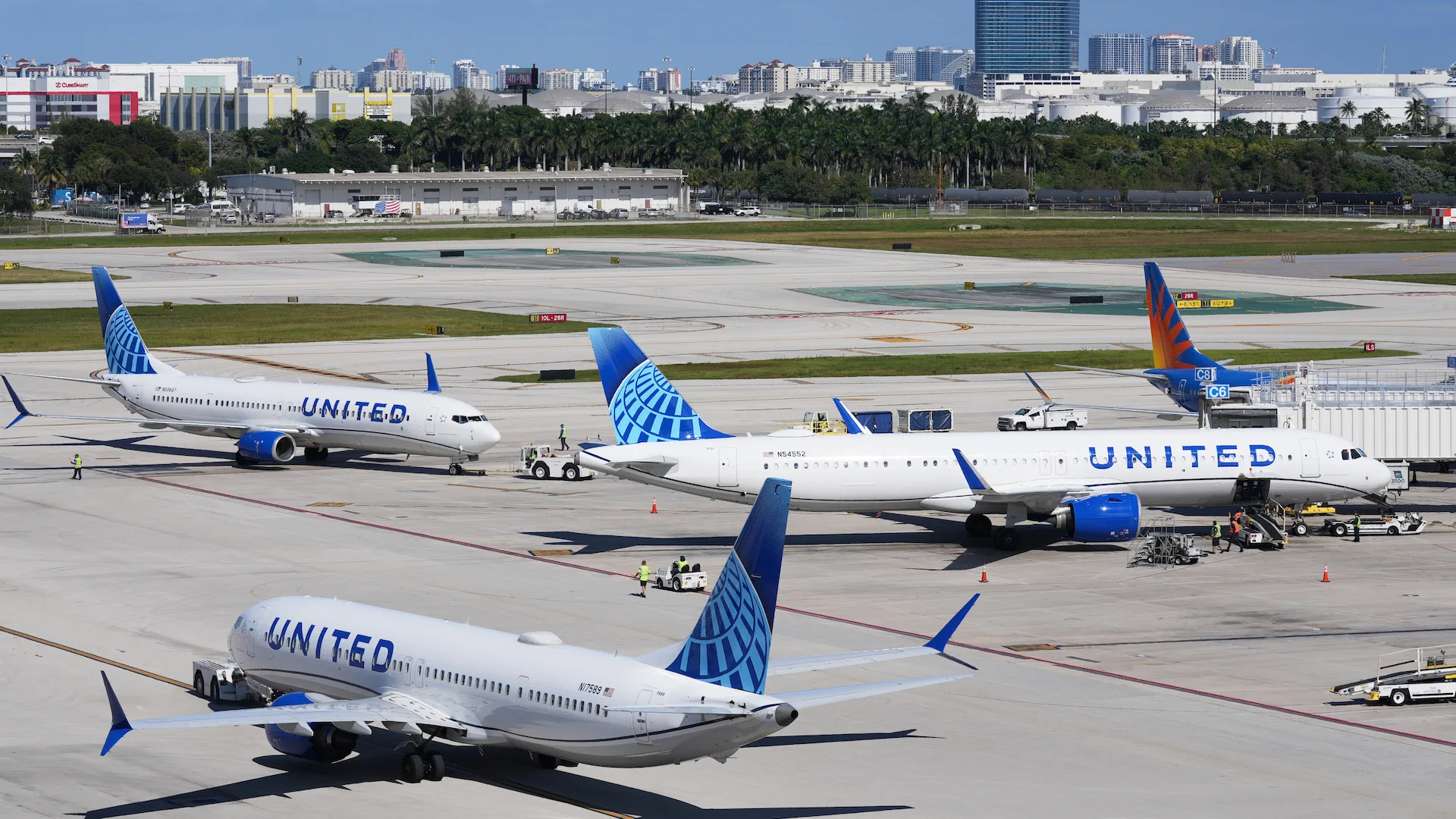









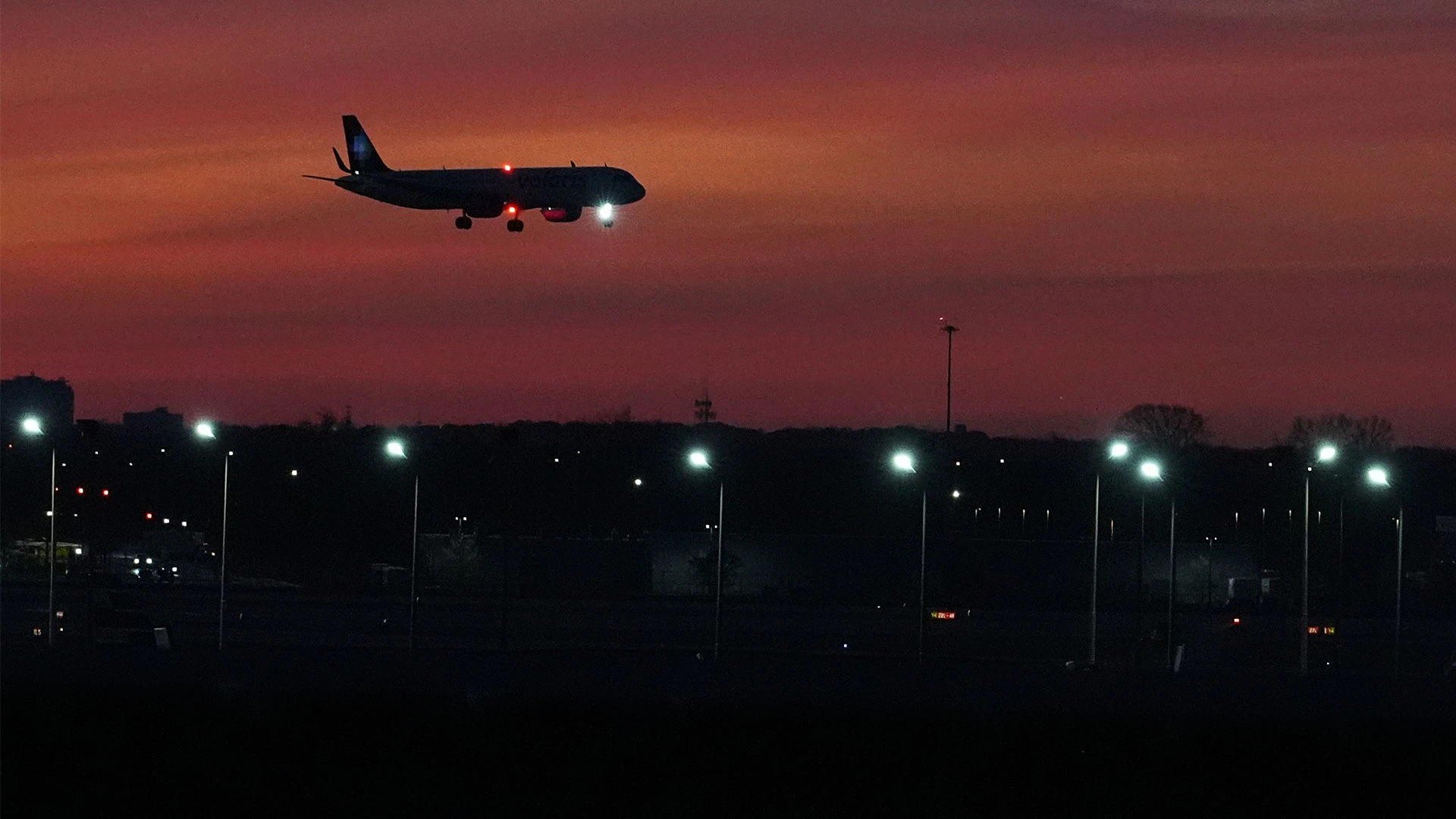


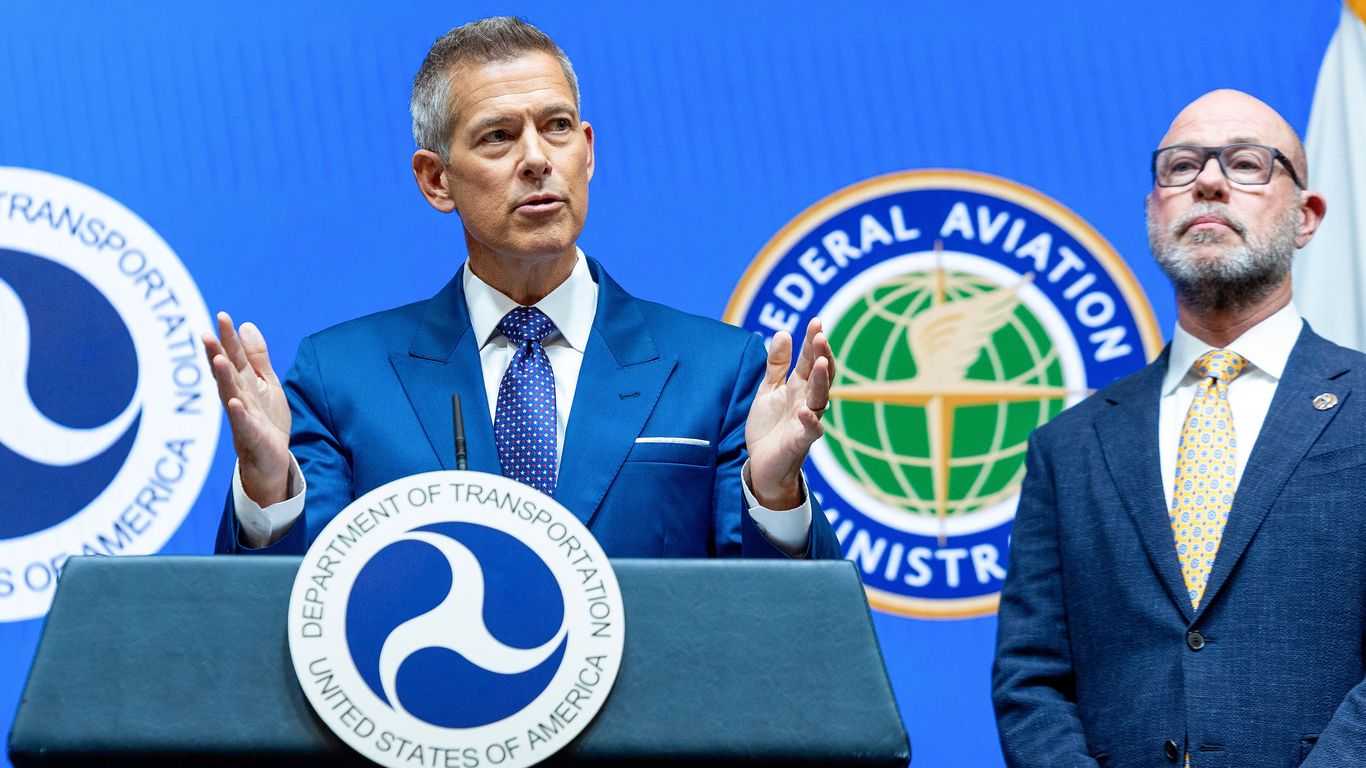

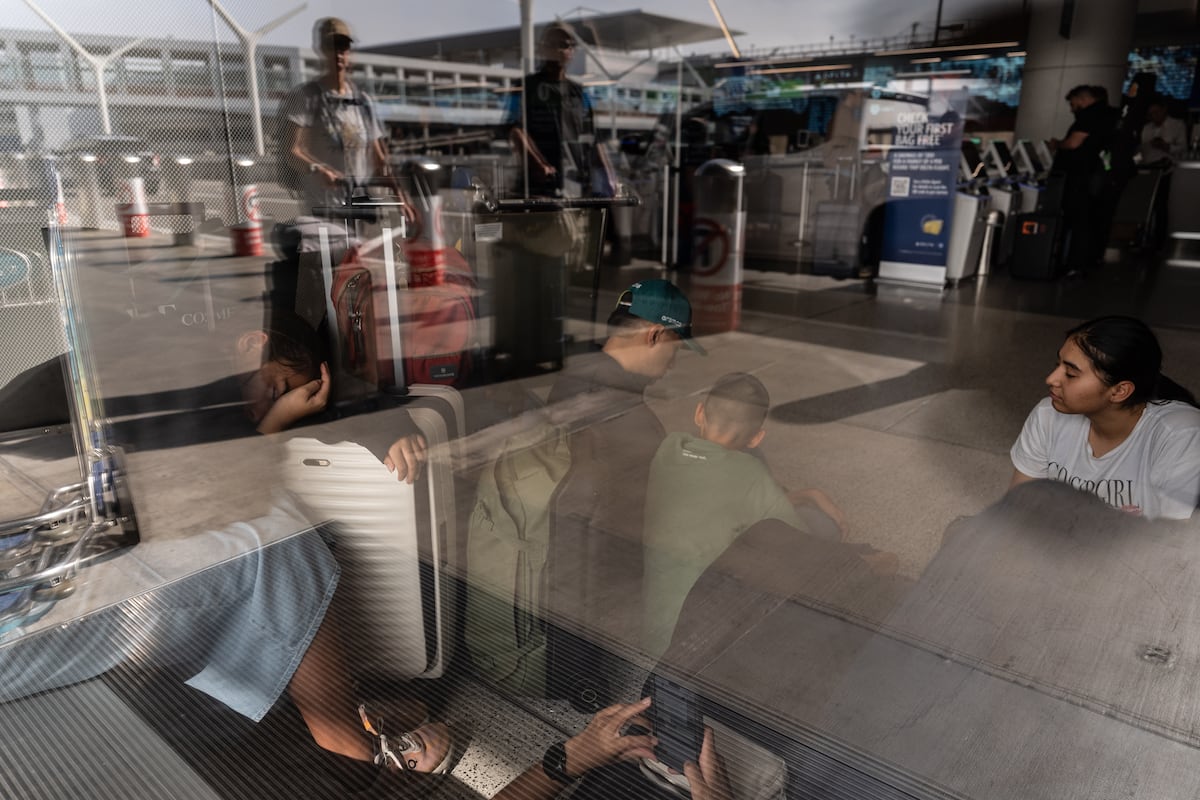



:max_bytes(150000):strip_icc()/TAL-departure-board-seattle-tacoma-international-airport-KNOWB4AIRPORT1125-90210b56f98f419bab8242416c36348f.jpg)



